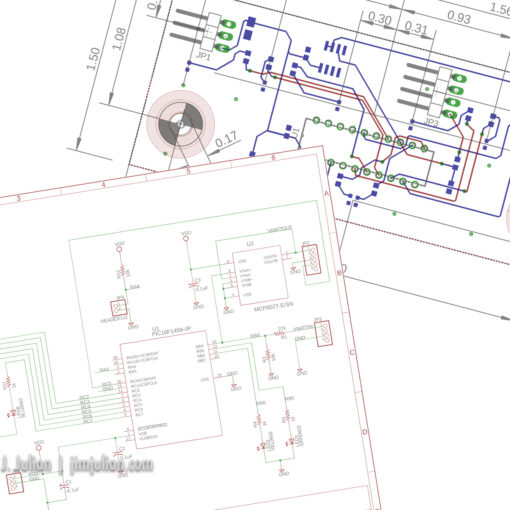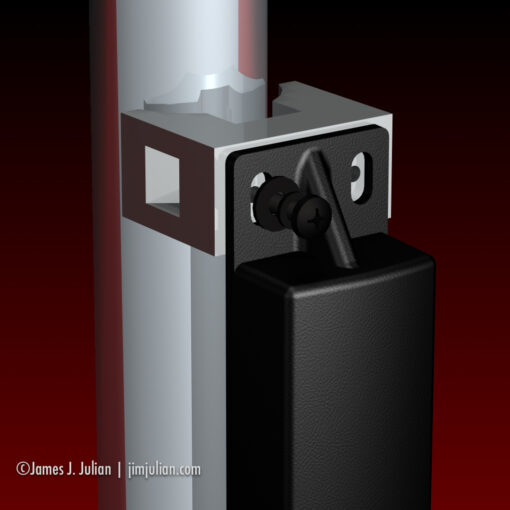Introduction
The AES67 standard is a significant milestone in audio networking and interoperability. Introduced by the Audio Engineering Society (AES) in 2013, AES67 is an open standard for high-performance audio-over-IP (AoIP) networking. It facilitates seamless interoperability between different AoIP protocols, allowing audio devices from various manufacturers to communicate and exchange audio streams over standard IP networks. This technical summary provides an overview of the AES67 audio standard, its core principles, features, and key benefits.
1. Core Principles
AES67 is built on the principle of interoperability, enabling audio equipment from different manufacturers to work together seamlessly.
💡 AES67 does not introduce new audio encoding or transport methods but relies on existing widely-used protocols.
2. Architecture
The architecture of AES67 revolves around five core principles:
- High-Quality Audio Streams: AES67 ensures that audio streams maintain high-quality and low-latency performance. It supports sample rates of 44.1 kHz, 48 kHz, 88.2 kHz, 96 kHz, 176.4 kHz, and 192 kHz, with sample bit depths of 16, 24, or 32 bits.
- Synchronization: Timing and synchronization are critical in audio networking. AES67 adopts the Precision Time Protocol (PTP) (IEEE 1588-2008) to achieve sub-microsecond synchronization accuracy between devices.
- Unicast and Multicast Support: AES67 supports unicast and multicast streaming, enabling devices to communicate directly with one another (unicast) or broadcast audio streams to multiple devices (multicast).
- IP Network Compatibility: AES67 operates over standard IP networks, including Ethernet, allowing seamless integration with existing network infrastructures.
- Transport Layer: AES67 uses the Real-time Transport Protocol (RTP) and Real-time Control Protocol (RTCP) for transmitting audio streams over IP. It also supports User Datagram Protocol (UDP) and Internet Group Management Protocol (IGMP) for multicast handling.
3. AES67 and Other Audio Networking Protocols
AES67 acts as a bridge between various AoIP protocols, facilitating interoperability between them. It does this by defining a standard set of requirements that different protocols must adhere to to communicate with AES67-compliant devices.
The most notable audio protocols supported by AES67 are:
- Ravenna: Developed by ALC NetworX GmbH, Ravenna is an open standard for AoIP that employs Precision Time Protocol (PTP) and offers low latency and high-quality audio streaming.
- Livewire+: Introduced by Telos Alliance, Livewire+ is an AoIP protocol designed for broadcast applications, providing real-time audio and control signals.
- Dante: Developed by Audinate, Dante is a widely-used AoIP protocol known for its ease of use and widespread adoption in various industries.
- Q-LAN: Q-LAN is an AoIP protocol developed by QSC and is known for its scalability and low-latency streaming capabilities.
4. Benefits and Applications
The AES67 audio standard brings several benefits to the audio industry, leading to its adoption in various professional audio applications:
- Interoperability: AES67 enables audio equipment from different manufacturers and with different AoIP protocols to work together harmoniously. This interoperability simplifies system integration and reduces costs associated with proprietary solutions.
- Scalability: AES67 is highly scalable, allowing users to expand audio networks effortlessly. With the support of standard IP networks, adding new devices to existing setups is easy.
- Flexibility: AES67’s support for unicast and multicast streaming offers flexibility in routing audio streams, making it suitable for diverse broadcast, live sound, recording studios, and more applications.
- Audio Quality and Low Latency: AES67 maintains high audio quality and low latency, critical factors in live sound applications, studio recording, and broadcasting.
- Future-Proofing: As an open standard, AES67 ensures future-proofing of audio systems by supporting compatibility with emerging AoIP protocols and technologies.
Conclusion
The AES67 audio standard plays a pivotal role in the evolution of audio networking, bringing together devices from different manufacturers and AoIP protocols to work harmoniously. Its focus on interoperability, high audio quality, and low latency has made AES67 a prominent choice for a wide range of professional audio applications. As the audio industry embraces IP-based technologies, AES67 will remain vital in building flexible, scalable, and efficient audio networks.



